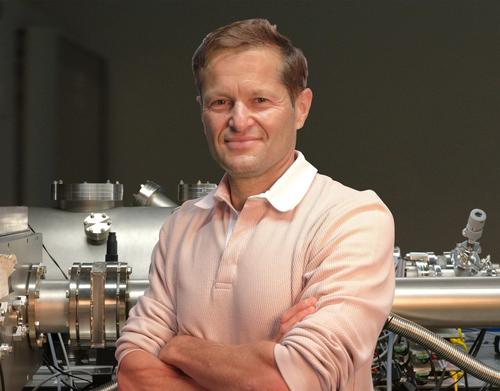21st Einstein Lecture: Prof. Dr. Ferenc Krausz
Electrons and Light Waves - Together against Cancer
Nov 02, 2022
Electrons play a fundamental role in our lives. Their movements control chemical processes and set the pace for information technologies. Electron movements and light waves are mutually dependent in the shortest time intervals. In billionths of billionths of seconds: In attoseconds.
In the early 2000s, Professor Ferenc Krausz’s research group succeeded in detecting atomic electron motions and light oscillations in real time. The new measurement technology makes it possible to track the fastest microscopic processes outside the atomic nucleus as well as to scan the electric field of light waves.
Light is our most sensitive probe for the atomic and molecular world. High-precision measurements of light using attosecond metrology now enable the detection of minute changes in the molecular composition of blood. This new capability paves the way for early detection of cancer and other diseases, meaning that it can potentially save lives.
Ferenc Krausz (born 1962 in Mór/Hungary) received his diploma in electrical engineering from the Budapest University of Technology (1985) and his PhD in laser physics from the Vienna University of Technology (TU) (1991), where he became a full professor in 1999. In 2003‒2004, Ferenc Krausz was appointed director of the Max Planck Institute of Quantum Optics (MPQ) in Garching and chair of Experimental Physics – Laser Physics at the Faculty of Physics of Ludwig-Maximilians-Universität München (LMU Munich).
In a series of experiments conducted between 2001 and 2004, his team succeeded in generating and measuring attosecond light pulses and using them for the first real-time observation of electronic motion in atomic dimensions. More recently, he has devoted himself to working with the fastest measurement technology available to study electronic phenomena in solids and to advance disease detection through the molecular fingerprinting of human biofluids.

